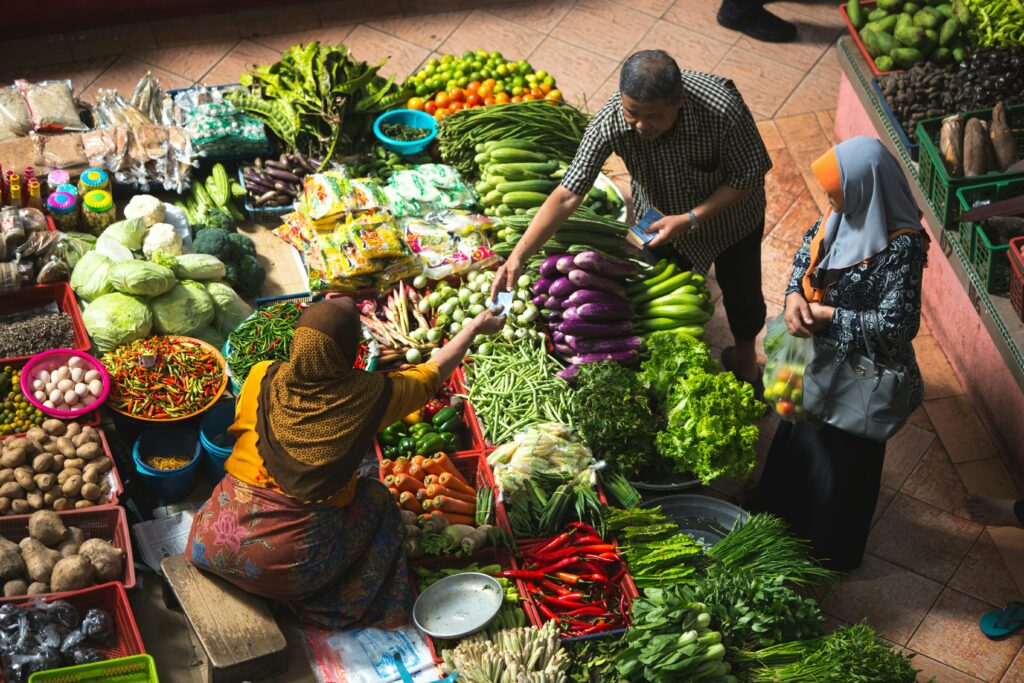The craft beer industry has witnessed a remarkable evolution over the past few decades. With the rise of craft breweries, such as Chris Marchio’s Knotted Root Brewing Company, there has been a significant shift in how these beers reach consumers. Understanding the distribution of craft beer is crucial for both brewers and enthusiasts. It involves a complex network that ensures these unique brews find their way from the brewery to your glass.

The Three-Tier System
In the United States, the distribution of alcoholic beverages, including craft beer, is governed by a three-tier system. This system, established after Prohibition, consists of producers (brewers), distributors, and retailers. The purpose of this system is to prevent monopolies and ensure responsible alcohol distribution. However, it also means that brewers often have to go through a distributor to get their beers into bars, restaurants, and stores.
Challenges for Small Breweries
For small breweries, navigating this system can be challenging. The need to work with distributors can limit their reach, particularly if they are competing with larger breweries that have more established relationships with these distributors. This challenge has led many small breweries to focus on local or self-distribution, though this approach also has its limitations in terms of scale and logistics.
The Impact of Self-Distribution
Some states allow self-distribution, where brewers can sell their products directly to retailers or consumers. This option can be particularly advantageous for smaller breweries that may not attract the attention of larger distributors. Self-distribution allows these breweries to build personal relationships with local retailers and directly engage with their customer base. However, self-distribution requires breweries to take on the additional responsibilities and costs of distribution, which can be significant.
Direct-to-Consumer Sales
The rise of direct-to-consumer sales has been a game-changer for the craft beer industry. Breweries can now sell their beer directly from the brewery, through subscription boxes, or via online platforms. This model has been especially beneficial during the COVID-19 pandemic, as it provided an alternative revenue stream for breweries when bars and restaurants were closed. Direct-to-consumer sales offer breweries higher margins and greater control over their products, but they also require a robust marketing strategy and a strong online presence.
The Role of Distributors
Despite the challenges, distributors play a vital role in the craft beer industry. They have the networks and resources to get beers into more markets and can provide valuable services such as marketing support and logistics management. For breweries looking to expand their reach beyond their local area, working with a distributor can be a crucial step.
Finding the Right Partner
For breweries, finding the right distributor is key. This means looking for a distributor that understands their brand, appreciates the uniqueness of their products, and has a track record of successfully working with craft breweries. A good distributor should be a partner that helps the brewery grow while maintaining the integrity of its products.
The Changing Landscape
The craft beer distribution landscape is continually evolving. Recent years have seen changes in laws and regulations that impact how craft beer is distributed. For instance, some states have relaxed their laws on self-distribution, allowing more breweries to sell their products directly to consumers or retailers. Additionally, the increasing popularity of craft beer has led more distributors to focus on this segment, providing greater opportunities for craft breweries.
The Future of Craft Beer Distribution
Looking ahead, the craft beer distribution landscape is likely to continue evolving. Trends such as direct-to-consumer sales and self-distribution are expected to grow, particularly as consumers seek more diverse and locally-sourced products. Additionally, technological advancements in logistics and e-commerce will continue to open up new avenues for breweries to reach their customers.
Adaptation and Innovation
For breweries to succeed in this changing landscape, adaptation and innovation are key. This means not only brewing great beer but also being savvy about distribution strategies, building strong relationships with distributors and retailers, and staying attuned to changes in laws and consumer preferences.
Conclusion
The distribution of craft beer is a complex but crucial aspect of the industry. For breweries like Chris Marchio’s Knotted Root Brewing Company, understanding and effectively navigating this landscape is essential for getting their unique brews into the hands of beer enthusiasts. As the industry continues to grow and evolve, so too will the ways in which these beloved craft beers are distributed and enjoyed by consumers worldwide.

